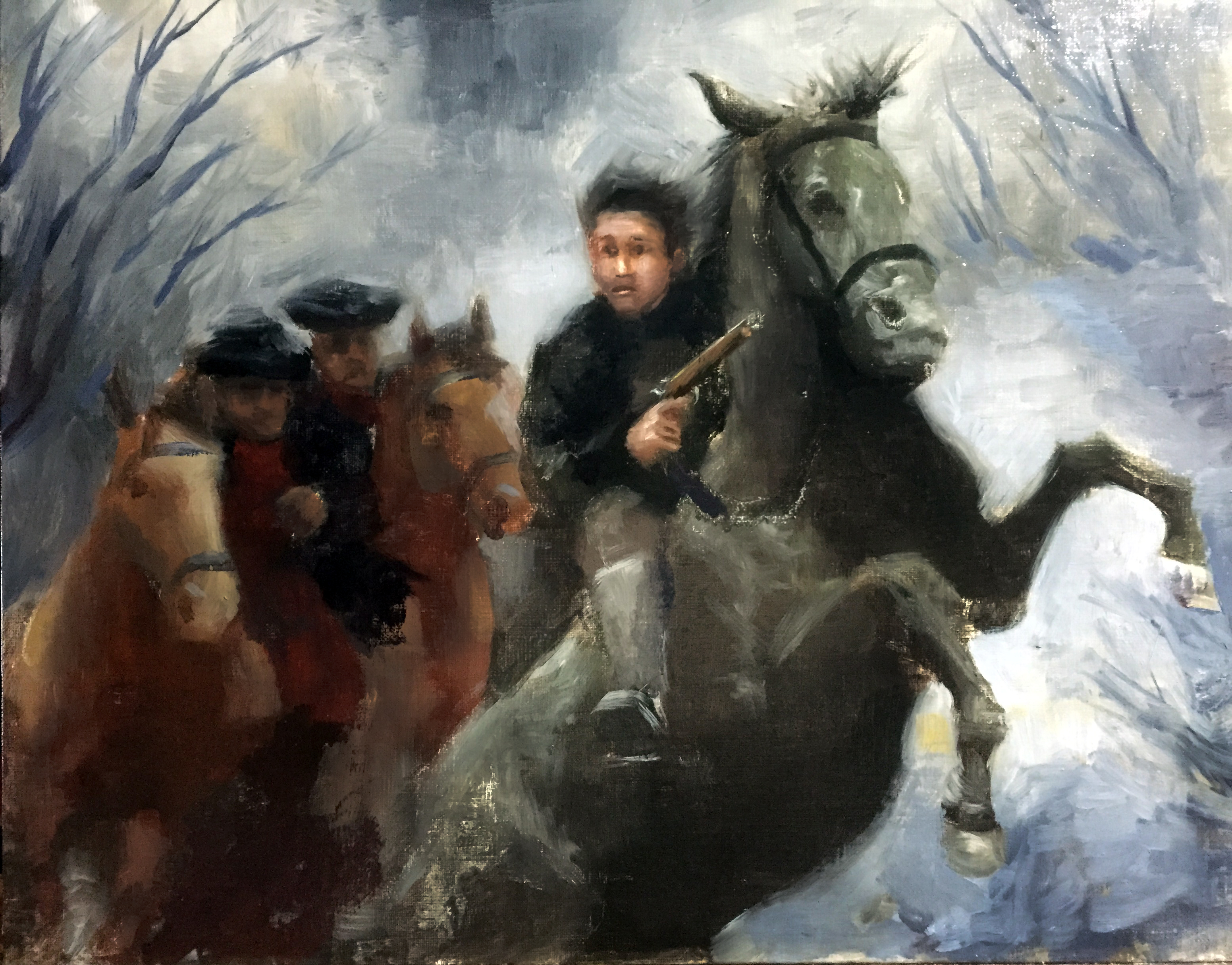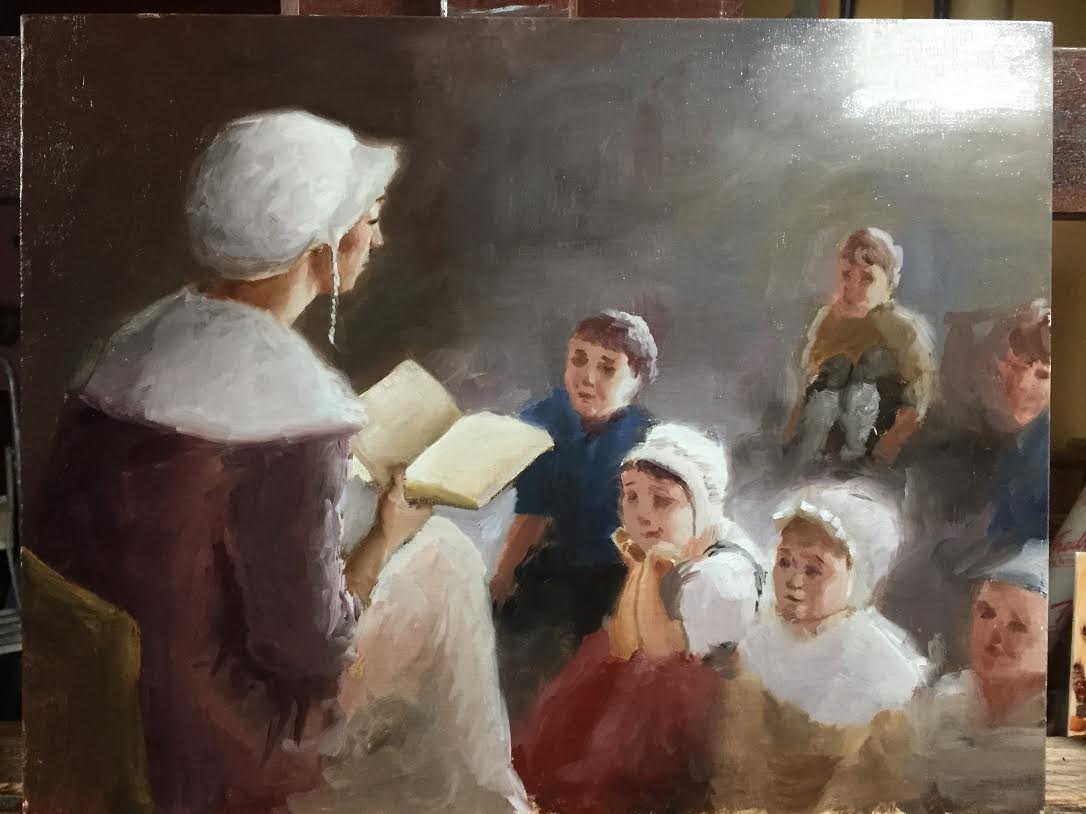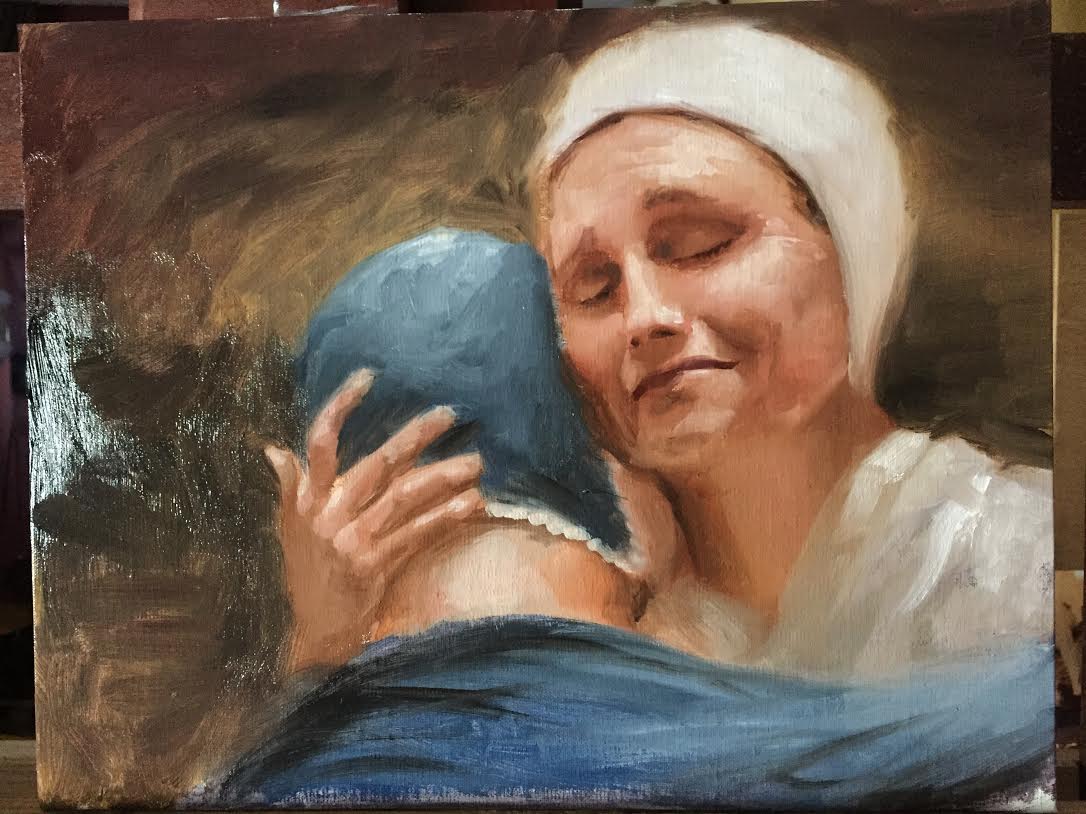Born in the enchanting region between the Rhone River and the Massif Central mountains in southern France, Marie Durand chose to spend most of her life in a dark, unhealthy prison rather than following a religion she considered contrary
to the teachings of Christ.
Over the years, Marie’s story has encouraged many believers to trust the same “God of mercy” who faithfully sustained her faith. Especially in France, she has become a symbol of resistance and perseverance. Her letters have also helped historians to understand how prisoners lived at the Tower of Constance and how Protestants helped each other during the persecution in France.
Of course, Marie never imagined her life would still be remembered three hundred years after her birth. Through both her long and terrible imprisonment, and her time of poverty and disappointments back home, she simply continued to do what God called her to do every day, keeping her eyes on the future “triumph of glory,” loving those around her, and thanking God for what she described as “the honor of wearing His uniform for His just cause.”
Purchase here or at many other online bookstores (Amazon, Barnes and Noble, Westminster Bookstore, Grace and Truth, etc.)
See sample pages here
Follow the progress of this book and the whole series on Facebook or Twitter
Endorsements:
“Simonetta opens a window into Marie Durand’s life and world, giving us a glimpse of what French Protestants experienced during the reigns of King Louis XIV and of his great-grandson, Louis XV of France. We admire their courage and tenacity; and desire to follow their example of faithful perseverance under trial, thus bringing glory to God. I’m sure that readers will enjoy this beautifully produced book as they learn about an era in French church history that not many are exposed to.” (Françoise Anderson, Librarian at Bethel Seminary San Diego, currently writing a book on the Durand family).
“A wonderful and engaging story of courage, faith, and hope in an era of persecution, this story of the trials and tribulations of Marie Durand is sure to inspire many.” (Dr. Martin I. Klauber, Affiliate Professor of Church History at Trinity Evangelical Divinity School and author of The Theology of the French Reformed Churches, RHB).
“Marie Durand’s life is fascinating. She was imprisoned when she was nineteen because her brother was a pastor, at a time when Protestantism was forbidden in France. She was released after thirty-eight years. In this book, Simonetta Carr tells this story very simply, but with many details. So we can imagine the difficult life of French Protestants in the 18th century. We can marvel at their faith and their perseverance. The beautiful illustrations by Matt Abraxas help us to understand this story of grace and intolerance, to commune with these ordinary women who didn’t want to deny their faith.” (Dr. Yves Krumenacker, French historian, Professor of Modern History, University of Lyon)
Reviews:
See most of the reviews here
Also…
About the Ilustrator:
Matt Abraxas has traveled from California to France, studying different approaches to art. He enjoys creating and teaching art, and currently exhibits his work at the SmithKlein Gallery in Boulder, Colorado. Matt lives with his wife Rebecca and two sons, Zorba and Rainer, in Lafayette, Colorado. You may visit his website. The original oil paintings used for the illustrations are on sale.
Q/A:
“Did the inscription on the stone really read Register? Shouldn’t that be Resister, given that the translation of the French word register is “to register”?”
Register is the most probably reading of the inscription. The difference in spelling is due to a regional difference in pronunciation. You may read the full answer here.
Links:
Historic Huguenot Street in New Paltz, NY
Huguenot Museum, Rochester, UK
Huguenot Museum, South Africa




